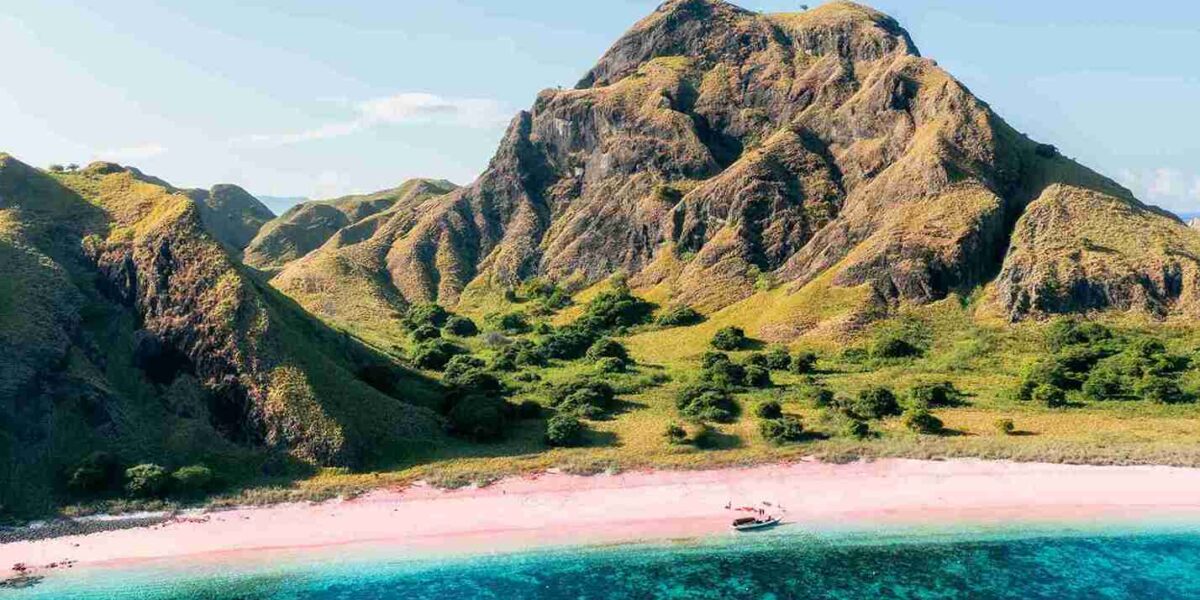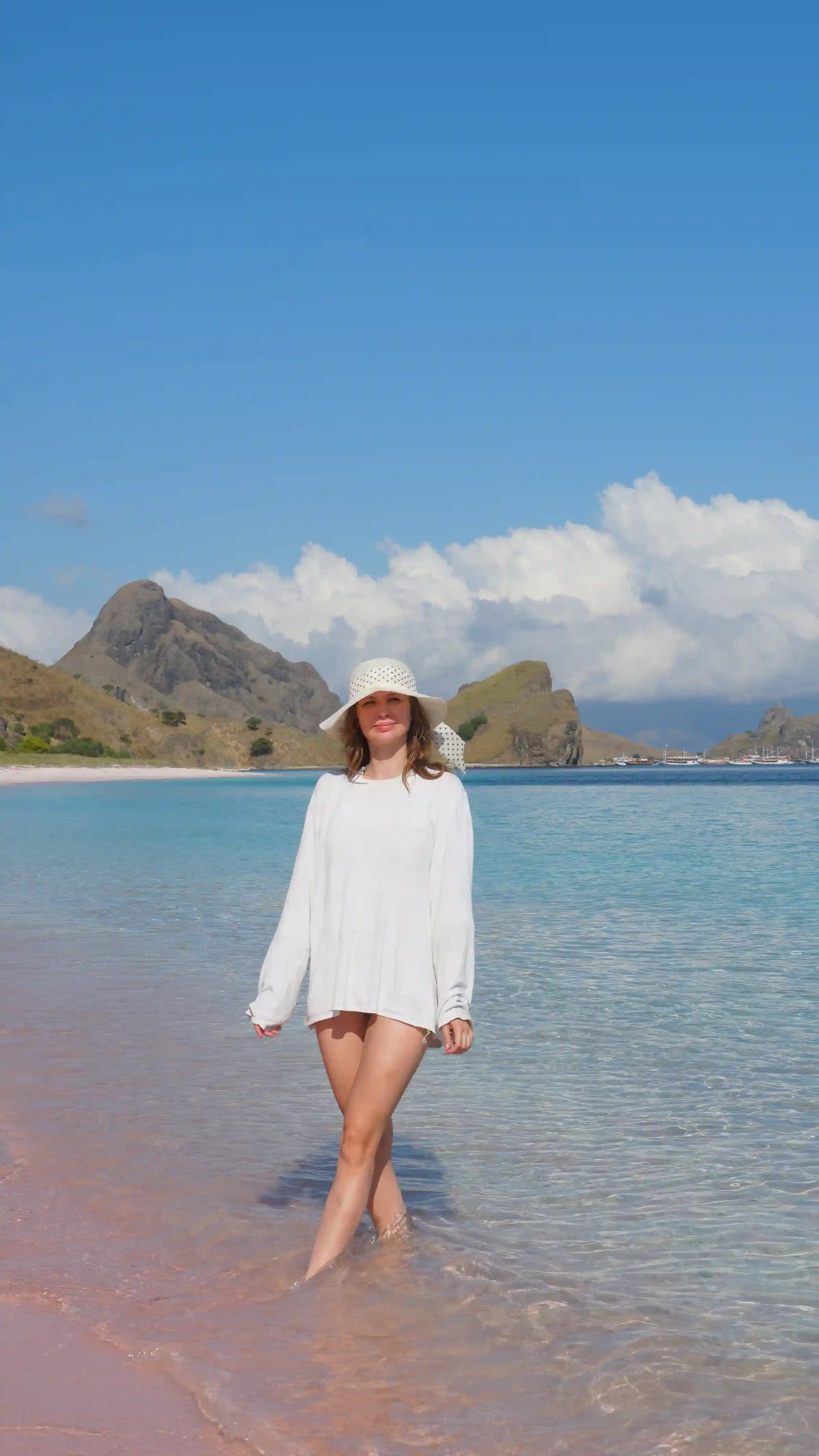Building a wooden boat is a challenging and rewarding experience. It combines creativity and traditional woodworking techniques. The choice of wood for boats is very important because it affects the performance, durability, and aesthetics of the boat. It is, therefore very important to use the right type of wood for your boat. If you are still not sure which types of wood for boats, you can read an explanation of the differences between each type of wood here.
Hardwoods: Timeless Strength and Durability
As one of the most durable, strong, and resistant types of wood for boats, hardwood is often used in the construction of ships.is often used in the construction of ships. For boat structural frameworks, oak, teak, and mahogany are three commonly used hardwoods that are tough.
1. Oak Wood
Oak is a hardwood known for its strength and water resistance. The elegance and durability of this material make it a popular choice for yachts and other high-end boats. Oak boats are renowned for their stability and resistance to warping and can endure harsh weather conditions. However, oak can be heavy and expensive, making it less suitable for small or lightweight craft. There are two types of oak: white oak and red oak. Here’s a bit of an explanation
- White oak: White oak is often used to construct mainframes because of its density, hardness, and strong ability to resist binding, as well as its lack of shrinkage and swelling when wet. This wood is highly resistant to dry rot.
- Red oak: Red Oak has almost the same properties as White Oak but is more susceptible to water. Red Oak should be painted if used outdoors as it will turn black when exposed to the air and will not accept a coat of paint.
2. Teak Wood
Teak is a solid wood known for its exceptional water resistance and durability. As such, teak is often used in the construction of boats that are frequently exposed to seawater, such as yachts and fishing boats. Teak boats are renowned for their durability and beautiful aesthetics, making them easy to maintain and upgrade. However, teak is slightly more expensive and is susceptible to moisture damage from improper storage.
3. Mahogany
Mahogany is a type of hardwood widely used for its stability, resistance to rot, and beauty. This hardwood is easy to work by hand or machine and is often used in the construction of luxury yachts and sailing boats due to its sleek, elegant appearance and easy polishing and varnishing that results in a beautiful finish. However, mahogany can be susceptible to marine borer damage, so proper treatment is required.
Read more: Why Choose a Boat Tour for Komodo Island
Lightweight Wood: The Importance of Speed and Efficiency
In contrast to the heavier hardwoods, shipbuilders often use lighter woods for speed and efficiency. Spruce and cedar are lightweight woods that have been used for centuries for boat-building.
1. Cedar Wood
Cedar is often used in boat building because of its lightweight and resistance to rot and decay. It is a soft wood with a tight grain, which makes it easier to work with than other types of wood. Cedar boats are renowned for their warmth, natural appearance, and ease of painting, which adds to the boat’s aesthetic appeal. There are three varieties of cedar: Red, Yellow, and Lebanon. Yellow is generally the strongest and most rot-resistant. However, this wood requires more maintenance than others, as its color can fade to light grey after a few years.
2. Spruce Wood
Spruce is a light wood that is fairly hard with fine fibres. Woodworkers have widely used this wood because it is solid and of good quality. As a light wood, spruce is often used in the construction of poles and spars due to its durability and flexibility.
Read more: Discovering the Enchanting Cruise to Komodo Island
Modern Material: The Complement of Wood in Boat Building
Modern materials are increasingly being used in shipbuilding construction because of their durability, maintenance, and performance advantages. While traditional woods still dominate, their use in combination with modern materials will increase strength, reduce weight, and minimize maintenance. Modern materials often used in modern shipbuilding are fiberglass, resins, and composite materials, which offer a better combination of strength, lightness, and versatility than traditional wood.
What Types of Wood is Best for Your Boat?
The selection of wood materials for shipbuilding depends on the needs of the boat and the boatbuilding budget. The following factors should be considered when selecting wood for an indefinitely lasting boat:
- Wood Quality: It is important to select wood that has minimal defects in order to ensure structural integrity and longevity.
- Sources of Supply: Ensure that wood is sourced responsibly to avoid environmental damage and to support sustainable practices
- Wood Treatment and Maintenance: Maintaining wood requires proper treatment, finishing, and ongoing maintenance. Sealing, varnishing, and protecting against UV exposure and moisture are all essential.
- Design and Construction: The longevity of a boat depends significantly on its design, as well as its construction method and techniques. It is essential to have good craftsmanship.
- Environmental Factors: Determine the conditions in which the boat will be operating, including saltwater exposure, extreme weather conditions, and temperature fluctuations.
- Boatbuilding budget: A boat built from high-quality wood can be expensive, but it will last longer and perform better over time.

Are you interested in building your own boat but struggling to choose the right types of wood for boats and figure out the next steps? Are you trying to decide which wood to use and trying to figure out what to do? Don’t worry! Craft your sailing boat legacy construction with Boat Construction by Komodo Luxury.
Read more: Komodo Tour: What to Expect on a Komodo Island Boat Tour






















